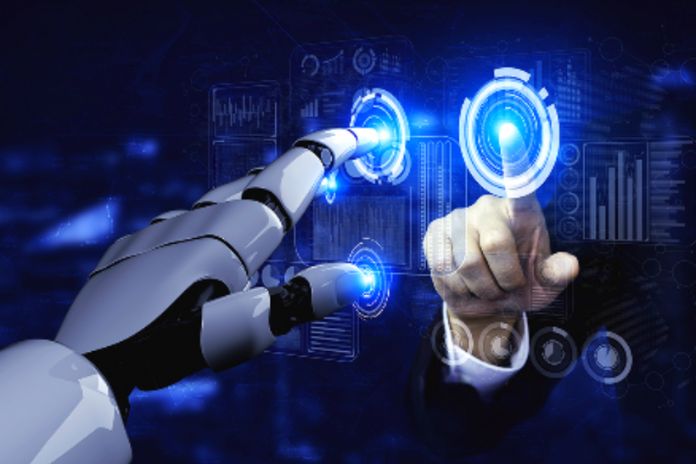Artificial intelligence and Machine Learning are constantly said together or equated, especially after the latest releases and linked news in the media.
When comparing the two words and understanding the subject a little more, it is clear that artificial intelligence does not mean the same thing as Machine Learning or, in Portuguese, machine learning.
The desire for artificial intelligence strengthened after companies’ increased concern with digital transformation and where they stand. Since the first research in 1956, the view of artificial intelligence has been toggled between the bright future of technology and just science fiction – and in recent years, attention has also been turned to the area of Machine Learning.
And the big question is when did artificial intelligence become Machine Learning, and to what extent is this correct? Keep following our publication and learn a little more about this subject!
The Artificial Intelligence Timeline
The term artificial intelligence was first mentioned in 1956 by John McCarthy at a conference of experts and was defined as a science or engineering that produces intelligent machines. These innovative machines would be developed from a set of areas of computer science to seek computational methods and devices that possess, increase or resemble the human being’s ability to think.
In recent years, the popularity of artificial intelligence has increased dramatically, especially after the emergence and availability of computational power and parallel processing – being faster, cheaper, and more powerful. In addition to the increase in the processing power of current computers, the exponential growth in data availability should also be highlighted, making the applications and information available for systems to “learn” also increase.
And When Did Artificial Intelligence Become Machine Learning?
Artificial intelligence symbolizes developing intelligence that resembles humans and can deal with context, influence, feelings, and learning in everyday interactions. Building complex machines with the same characteristics as humans and being able to perceive the environment around them is one of the great foundations of the primordial concept of artificial intelligence.
The growing panorama of digital transformation and the rise of fame around the so-called intelligent systems made the term Machine Learning begin to be used with the same meaning as artificial intelligence.
Machine Learning, or machine learning, is a field of studies and applications of Computer Science and one of the main ones responsible for the growth and approximation between the areas of statistics and programming. This field of study evolved from pattern recognition, and computational learning focused on developing artificial intelligence.
It gained a lot of fame from the increase in its fields of action, mainly with repetitive tasks that follow a specific pattern. Instead of implementing and coding software routines, the developer can train a model from a mass of data used as examples to teach this model to perform this particular task.
Can We Approximate The Two Fields?
Yes, but carefully! The terms artificial intelligence and Machine Learning come close and are often equated in favor of a better understanding, mainly when explained to an audience outside the technology field. The critical point of this discussion is to separate both terms and conceptualize them correctly, showing how each has its specific importance for each type of performance and can be approximated but never equaled.
Artificial intelligence stands out for its more conceptual performance. It shows how developing models and architectures of intelligent systems allow this knowledge to approach human knowledge, including specific benefits for all industries. With that, it is essential to say that, yes, Machine Learning is part of the world of artificial intelligence.
Machine Learning And Deep Learning
Machine Learning evolved from pattern recognition and computational learning theory without dynamic programming – and with the advancement of Big Data and computational power, another term emerged in this technological innovation environment, Deep Learning. Directly inspired by the knowledge of the biology of the brain and the interconnections of neurons, Artificial Neural Networks further promote machine learning for the computational system by creating extensive networks of data transmission and pattern learning.
The increase in the use and ease of training of Deep Learning models allows even more practical applications of artificial intelligence across its entire field of extension. This growth scenario allows several tasks considered artificial intelligence, such as autonomous cars, user recommendations, and preventive health, to undergo significant improvements with the applicability of Machine Learning and Deep Learning models.

